Advertisement
Training a vision-language model (VLM) to follow human preferences is no longer a stretch — it's quickly becoming standard practice. The aim isn't just more accurate output but responses that feel more natural, more useful, and more in tune with what people expect. This is where preference optimization comes in. Instead of aiming for a single correct answer, it teaches the model to favor the kind of output humans find more helpful. When presented with two possible responses, the model learns to choose the one people tend to prefer.
To support this, TRL — short for Transformer Reinforcement Learning — steps in with a set of tools that simplify the process. It packages the mechanics of preference training, reinforcement learning, and reward modeling into something more practical and accessible.
TRL doesn’t train your base model from scratch. It tunes it using feedback, nudging it toward choices that reflect human-like preferences. You start with a base VLM — say, one that can caption images or answer questions about pictures — and use TRL to improve how well those outputs align with what people prefer to see or read.
It brings together several tools:
What makes TRL so relevant for VLMs is that it doesn't just train for correctness; it also trains for relevance. It trains for quality as judged by humans. And with vision-language models, where responses are often subjective (like describing a photo or making inferences), this nuance matters.
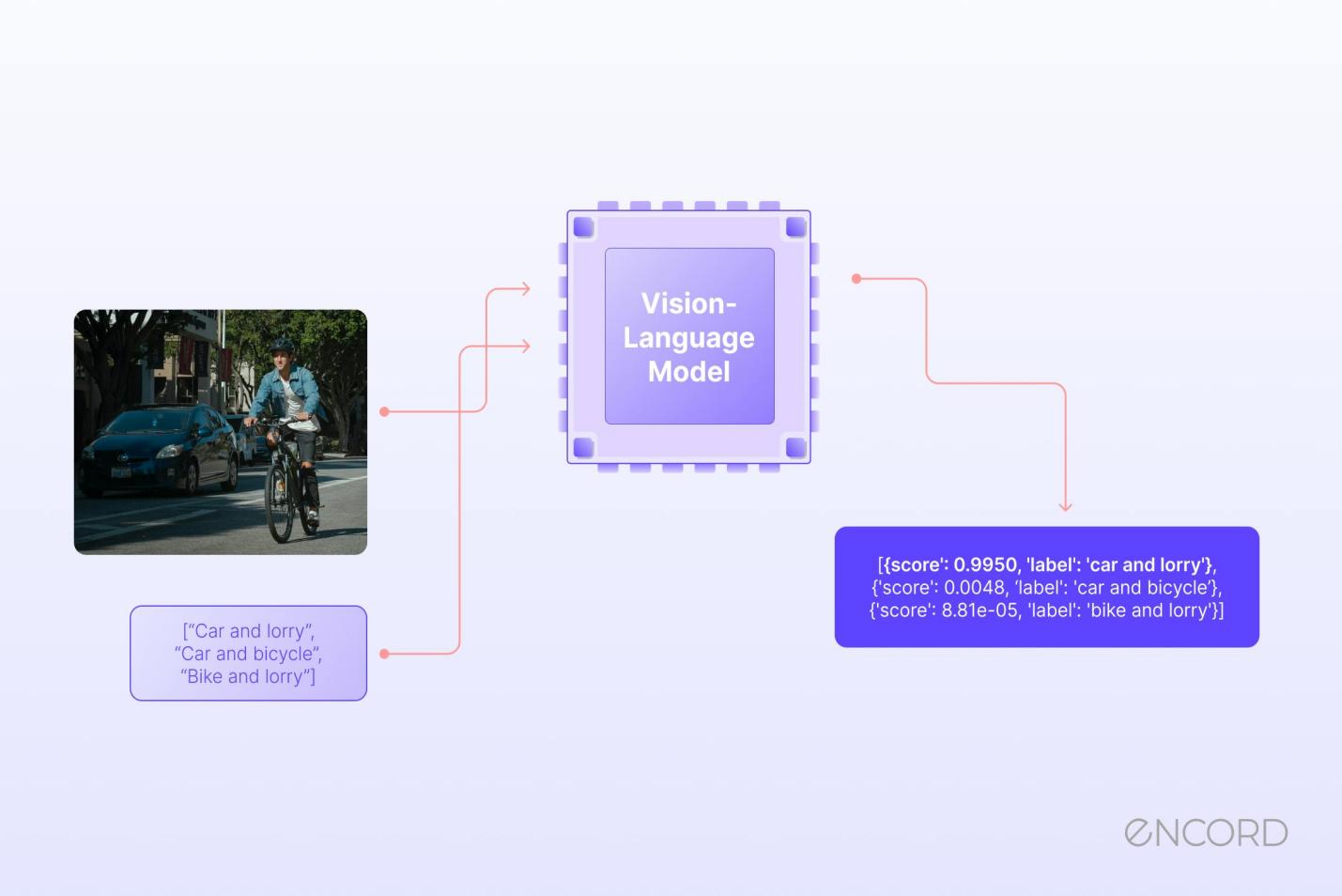
Everything starts with a pre-trained VLM. This could be a model like Flamingo, BLIP, or LLaVA — something that can understand and generate responses based on both text and visual inputs. At this stage, the model is pretty good at its tasks, but it doesn’t always produce answers that reflect human-like judgment or subtle context clues.
Now comes the data. It's not the usual training data but comparison data. This involves showing two model responses to human annotators and asking them which one they prefer. It's not about being right or wrong — it's about which response feels more natural, informative, or relevant.
This dataset becomes the foundation for training a reward model. Each comparison gives a signal: response A is better than response B.
The reward model learns to predict which outputs humans are likely to prefer. It’s trained to score responses, not to generate them. You feed it examples where humans have picked one option over another, and it learns to replicate that preference signal.
This model becomes the judge for the next stage. Instead of asking a person every time, the reward model acts as a stand-in to evaluate how well the main model is doing.
Now, it's time to optimize. Using TRL's PPO implementation, you tune the base model based on the scores given by the reward model. PPO is a reinforcement learning algorithm that helps balance exploration and stability — in short; it nudges the model toward preferred responses without throwing off what it already knows.
This stage doesn’t require new images or questions — it uses the same types of inputs but aims to get better outputs over time. Each generated response is scored by the reward model, and PPO updates the model accordingly.
Once preference optimization is complete, it's time to test. This isn't just a one-off benchmark — it's a process. Human evaluations often remain the gold standard here, but you can also use synthetic evaluations or ranking metrics. The key is to look at whether responses feel more aligned with human intuition, not just accuracy scores.
Vision-language tasks are rich but fuzzy. There’s often no single right answer. If you ask a model, “What’s happening in this photo?” it might say, “A child is playing soccer,” or “A boy kicks a ball in the park.” Both are technically right, but one may feel more human-like. Preference optimization teaches models of these subtle preferences. It rewards choices that sound more natural, are better phrased, or show more awareness of the scene.
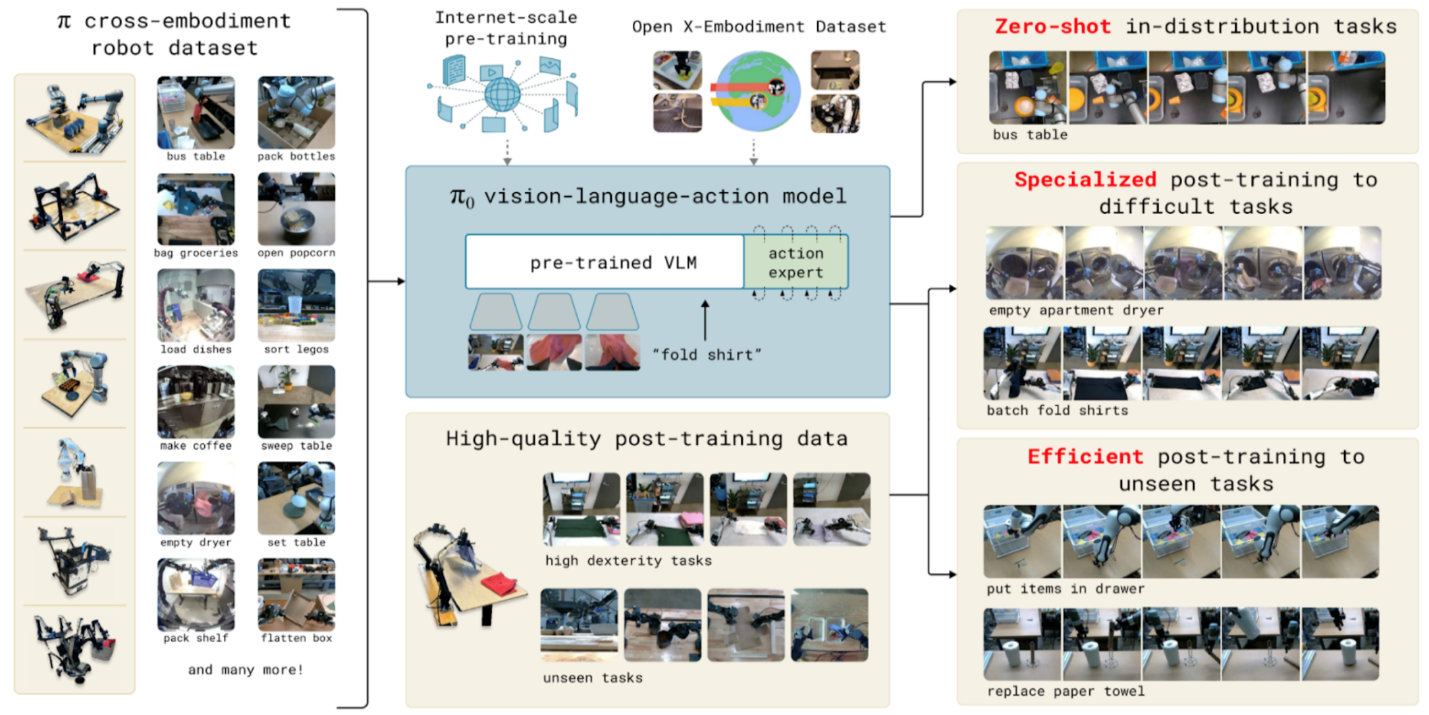
Visual question answering might help the model learn when to be more detailed or when a brief answer is fine. Captioning teaches phrasing that mirrors how people actually talk about photos. In multimodal dialogue, the model responds in a way that feels conversational, not robotic.
The outcome is smoother, more helpful interactions. Not because the model learned more facts but because it learned how people like things to be expressed.
One of the strongest points in TRL’s favor is its simplicity. Under the hood, preference optimization is technical — it involves gradient updates, feedback loops, and reward modeling. But TRL puts this in a format that makes the workflow easier to implement.
It lets you:
And because it's integrated with Hugging Face, you can easily swap in different VLMs or try out variations without needing to rebuild the pipeline each time.
Preference optimization isn’t about making vision-language models smarter in the traditional sense. It’s about making them feel more helpful, more relatable, and more in line with how people actually communicate.
TRL doesn't invent this idea — but it makes it accessible. Providing tools for reinforcement learning with human feedback lets developers and researchers focus more on tuning model behavior and less on infrastructure. And in a space where every bit of user alignment counts, that makes a difference.
Advertisement

Discover ten easy ways of using ChatGPT to analyze and summarize complex documents with simple ChatGPT prompts.
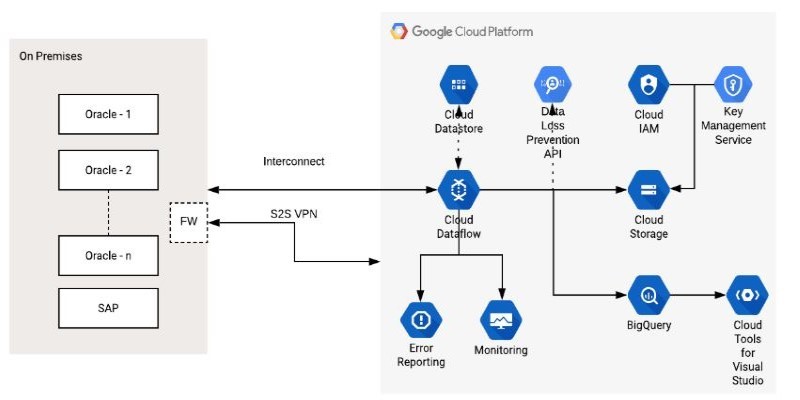
How the Google Cloud Dataflow Model helps you build unified, scalable data pipelines for streaming and batch processing. Learn its features, benefits, and connection with Apache Beam
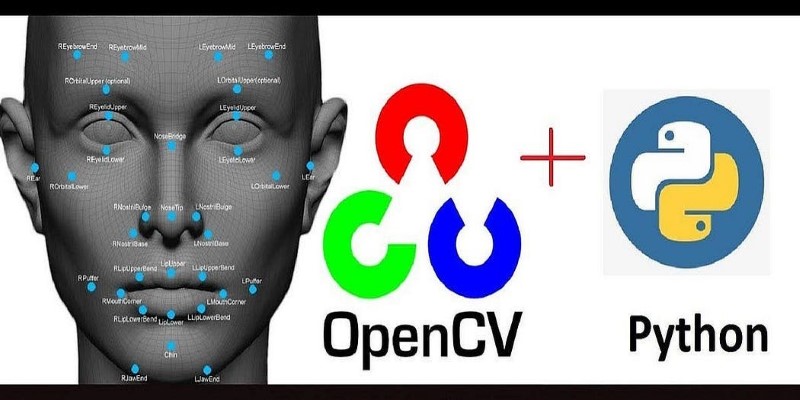
Ready to make computers see like humans? Learn how to get started with OpenCV—install it, process images, apply filters, and build a real foundation in computer vision with just Python
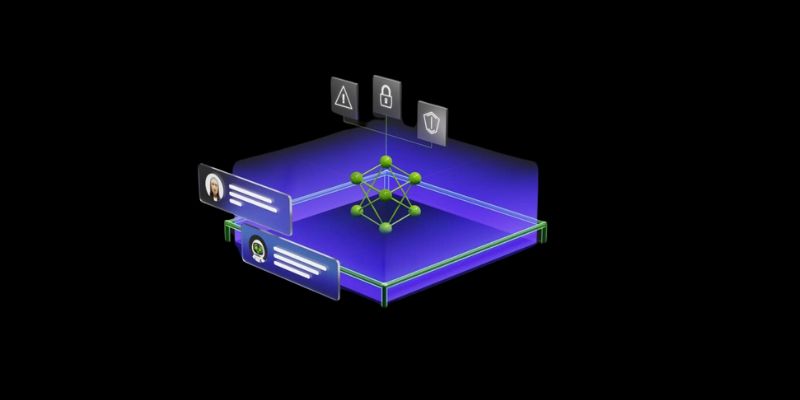
Nvidia NeMo Guardrails enhances AI chatbot safety by blocking bias, enforcing rules, and building user trust through control
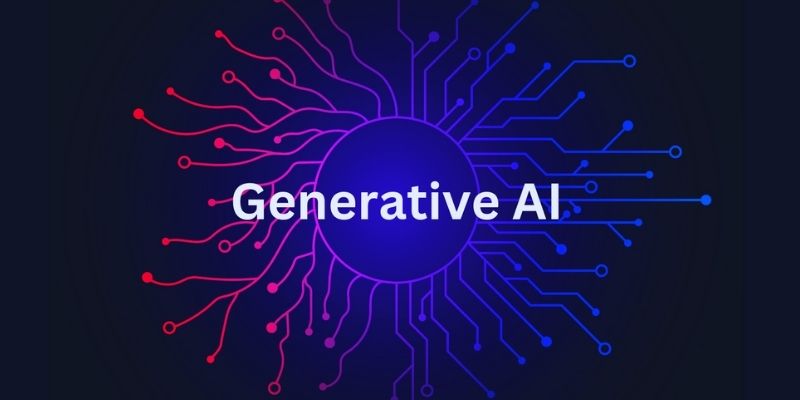
Learn how the healthcare, marketing, finance, and logistics industries apply generative AI to achieve their business goals

Explore the different Python exit commands including quit(), exit(), sys.exit(), and os._exit(), and learn when to use each method to terminate your program effectively

An AI health care company is transforming diagnostics by applying generative AI in radiology, achieving a $525M valuation while improving accuracy and supporting clinicians

Know how AI transforms Cybersecurity with fast threat detection, reduced errors, and the risks of high costs and overdependence

Is the future of U.S. manufacturing shifting back home? Siemens thinks so. With a $190M hub in Fort Worth, the company is betting big on AI, automation, and domestic production
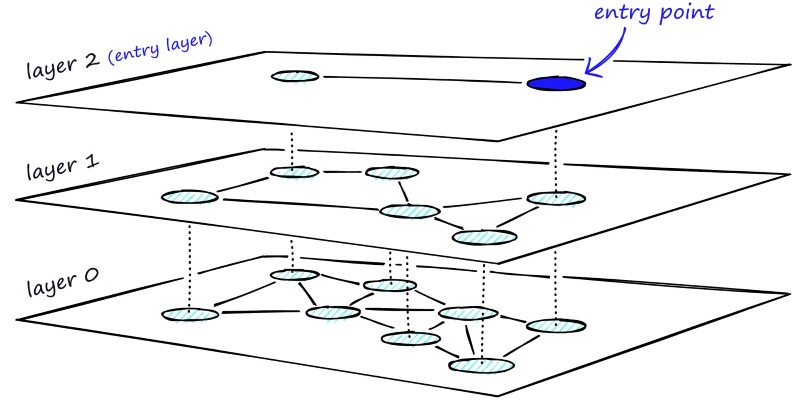
Learn how HNSW enables fast and accurate approximate nearest neighbor search using a layered graph structure. Ideal for recommendation systems, vector search, and high-dimensional datasets
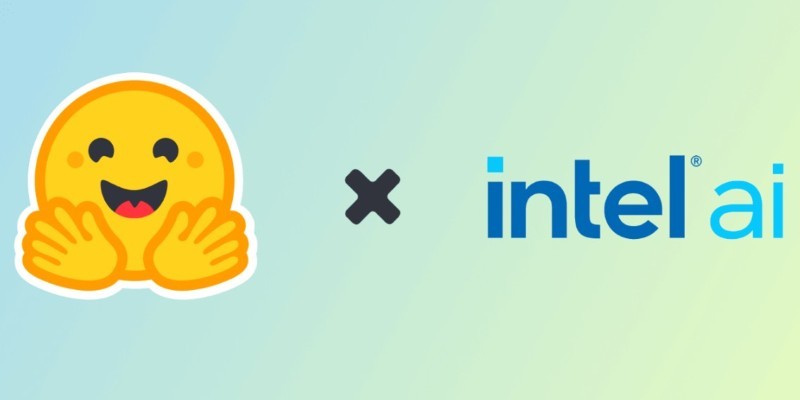
Achieve lightning-fast SetFit Inference on Intel Xeon processors with Hugging Face Optimum Intel. Discover how to reduce latency, optimize performance, and streamline deployment without compromising model accuracy

How IonQ advances AI capabilities with quantum-enhanced applications, combining stable trapped-ion technology and machine learning to solve complex real-world problems efficiently